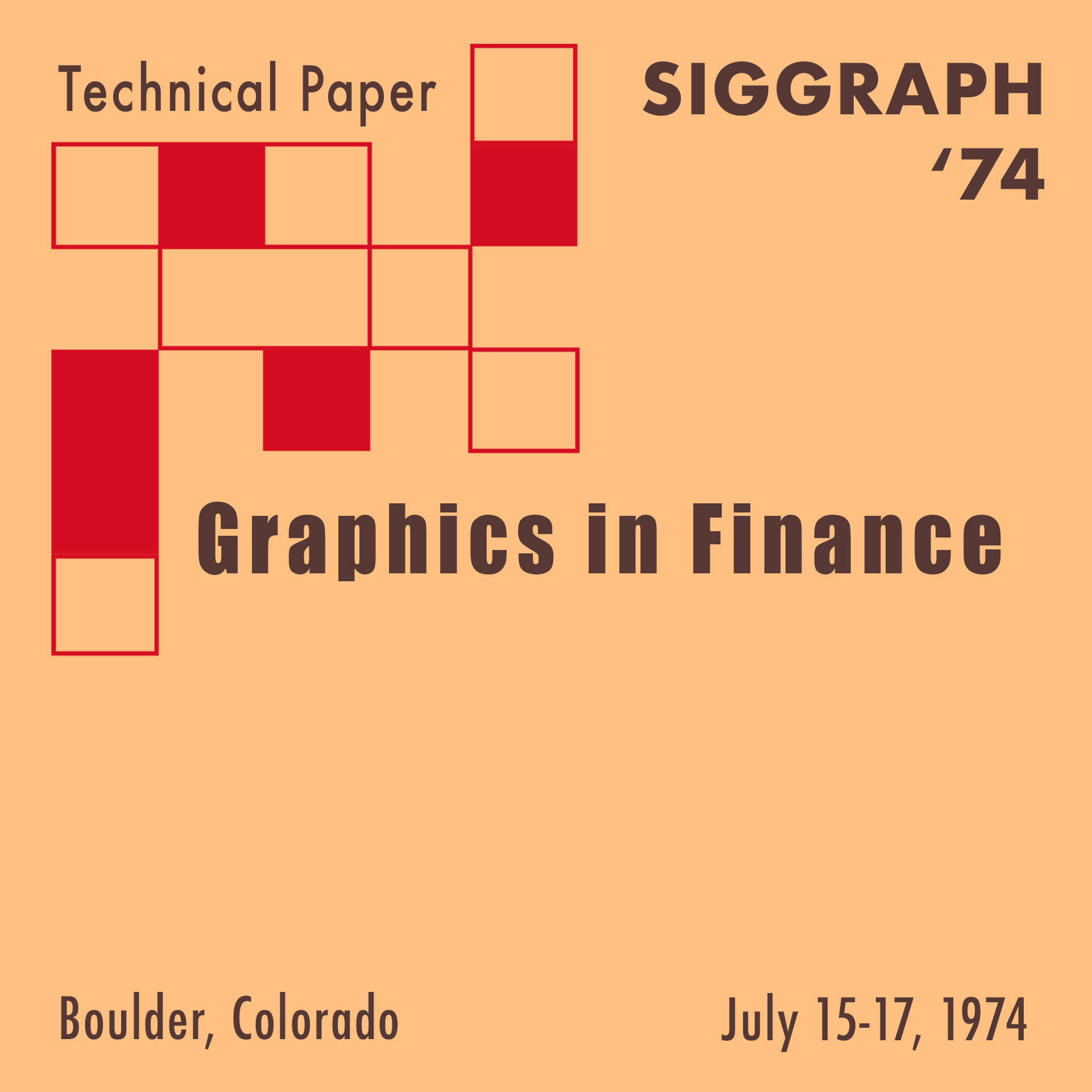“Graphics in Finance” by Solem
Conference:
Type(s):
Title:
- Graphics in Finance
Presenter(s)/Author(s):
Abstract:
Since 1969, the Boeing Company has supported the continuous development of a major interactive computing and online data base resource for direct use by its functional personnel. Interactive graphics were added in 1972 when terminal graphic equipment became affordable for widespread use in business application. Today several hundred persons are using this system daily in business, finance and management application including Tektronix 4010/4014 interactive graphic terminals and offline graphics on Stromberg Carlson 4020 hardware.The system known within Boeing as EIS (Estimating Information System) is directed by its users through the EIS command language. The language provides access to broad computational capability through free form algebraic commands, statistical analysis capability, online data input and display, data base input and retrieval in structured and nonstructured files, formal report generating capability, a collection of macro commands tailored to specific user groups and general housekeeping commands.The system accepts any combination of terminal entry and file resident commands with the result that EIS supports a wide range of applications from single use exercises where the sequence of instructions is guided by intermediate results and the availability of data to complex modeling tasks, management support programs and other repetitive processes, all of which are developed and exercised by the end user of the results.The data bases provide users efficient access to historic, current and forecast program information, organizational and economic statistics and a wide range of uniquely structure-defined data bases.The graphics capability like all other system resources is activated by a single graphics command which includes a series of customizing options. The system responds with a display appropriate to the data, the device and options selected. Graphics capability can be further integrated with the resources of the EIS Form Processor to give the user complete control over the output display.In our experience there are three conditions which must be satisfied in order to provide useful graphics service in interactive business support. First, it must be affordable. Secondly, it must be easily controllable by the user. Thirdly, graphics is significant as a support aid in some broader mission, but rarely useful as an end product in its own right.In two years of use graphics has been effective in shortening the discovery process, reducing job cost and improving the communication between business support personnel and company management.




